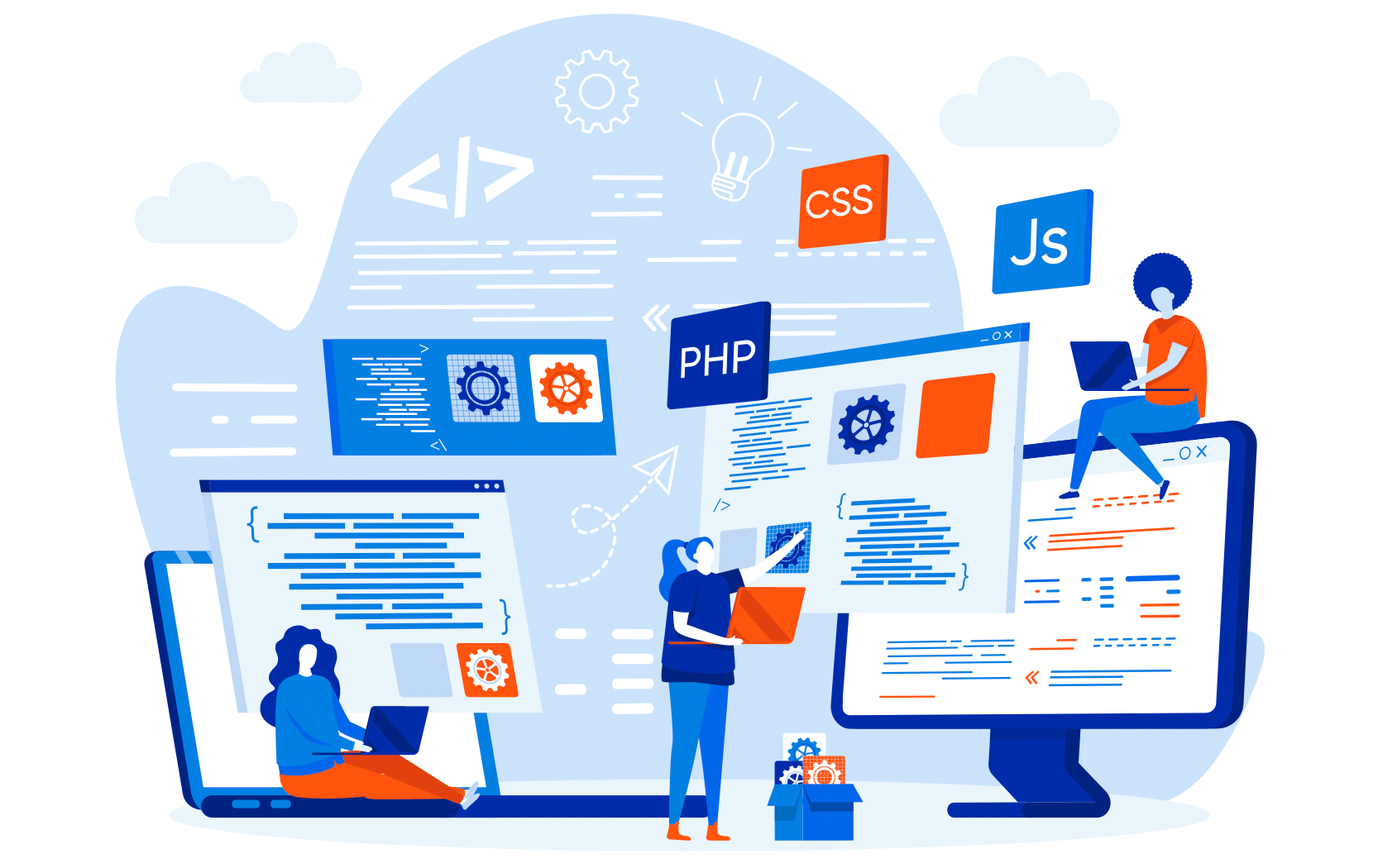What Is a Magento 2 Certified Solution Specialist, and Why Might You Need One?
Unlock eCommerce success with a Magento 2 Certified Solution Specialist. Learn what skills and expertise they can bring to your online store.

Are you struggling with a slow eCommerce store?
Is your site prompting enough conversions?
If the answer is no, the problem may have to do with your Magento UX.
As a leading Magento user experience agency serving both B2B and B2C clients, we understand the importance of creating a seamless user experience that drives conversions and customer satisfaction.
In this article, we will delve into key areas such as:
By implementing these strategies, you can ensure that your Magento-powered website offers an exceptional user experience that keeps customers engaged and drives revenue growth.
Efficient site navigation is the backbone of a great user experience. To optimize your Magento user site experience, focus on the following aspects:
A visually appealing and user-friendly interface is essential for a positive Magento user experience. Consider the following UI best practices:
A slow-loading website can be frustrating and lead to high bounce rates. Improve site performance for a better Magento user experience:
Captivating visualizations can significantly enhance the user experience on your Magento site. Consider the following strategies:
Efficient category organization and detailed product information are crucial for a user-friendly Magento site experience:
When it comes to product listings, attention-grabbing visuals, and persuasive copy are essential for a superior Magento user experience:
Optimizing the user experience on your Magento eCommerce site is a vital aspect of driving customer engagement and boosting conversions. By focusing on site navigation, UI design, performance optimization, visualizations, category organization, product details, images, and copy, you can create a seamless and enjoyable shopping experience for your B2B and B2C customers.
Remember, user experience should always be at the forefront of your design and optimization efforts. Continually analyze user behavior, gather feedback, and make data-driven improvements to ensure that your Magento site aligns with the evolving needs and expectations of your target audience.
Ready to start revamping your site? Contact us to schedule a free consultation.
Q: Is Magento still being used?
A: Absolutely!
Despite the ever-evolving e-commerce landscape, Magento remains a popular and widely adopted platform. Many businesses, ranging from small enterprises to large corporations, continue to rely on Magento to power their online stores.
Its feature-rich nature, scalability, and flexibility make it a preferred choice for businesses seeking robust e-commerce solutions. Magento's extensive customization options allow businesses to tailor their online stores to their specific needs. Additionally, its strong ecosystem of extensions and integrations further enhances its capabilities.
Moreover, Magento's active community and continuous updates ensure that the platform remains relevant and competitive. With a solid user base and ongoing advancements, Magento continues to be a trusted and widely-used e-commerce platform.
Check out our Future of eCommerce series where we explore the future of Magento in detail:
Q: Is Magento beginner friendly?
A: While Magento is a powerful platform, it does have a steep learning curve, making it less beginner-friendly compared to other eCommerce solutions. It requires technical knowledge of web development, server management, and database administration. For those without prior experience, getting started with Magento can be overwhelming.
An eCommerce agency specializing in Magento, like IronPlane, can provide invaluable support to beginners. They possess the necessary expertise and experience to handle the complexities of Magento implementation, customization, and ongoing maintenance. IronPlane’s team guides you through the process, assists with theme selection, extensions, and integrations, ensures optimal performance and security, and offers training and support.
Q: What is Magento best for?
A: Magento is the platform of choice for both B2B and B2C companies that seek unparalleled flexibility with their online stores. It is best suited for businesses that require advanced features, scalability, and customization options. Whether you're a small startup or a large enterprise, Magento can accommodate your specific requirements.
Magento empowers businesses to create unique and tailored online shopping experiences. It provides robust features for product catalog management, order processing, payment integration, and marketing tools. With Magento, you can easily scale your store as your business grows, handle high-traffic volumes, and accommodate complex pricing and shipping structures. It also offers extensive third-party integrations, allowing you to connect with popular tools and platforms.
Q: Why is Magento better than Shopify?
A: While Shopify is a user-friendly platform suitable for small to medium-sized businesses, it may not provide the same level of complexity and customization as Magento. Shopify focuses on simplicity and ease of use, making it a great option for beginners or businesses with straightforward operations. However, if your business demands advanced functionality, intricate integrations, and extensive customization, Magento offers a more robust solution.
Magento's strength lies in its ability to handle complex operations and unique business requirements. It provides extensive options for customization, allowing you to create a tailored online store that aligns with your brand identity. Magento also offers scalability, making it suitable for businesses with significant growth ambitions. Furthermore, Magento provides comprehensive B2B features like customer group management, quote requests, and custom pricing, making it the preferred choice for B2B businesses.

Unlock eCommerce success with a Magento 2 Certified Solution Specialist. Learn what skills and expertise they can bring to your online store.

Discover the essential steps for a smooth Magento developer transition. Own credentials, secure assets, understand contracts, and maintain professionalism.

Get an inside look at the Magento 2 migration services of one of the top Magento & Adobe Commerce agencies.